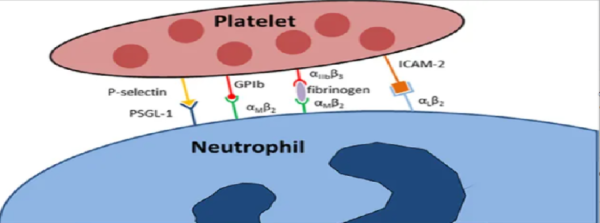The Protein-Protein Interaction library is a collection of small molecule compounds that have been specifically designed and curated to target protein-protein interactions. PPIs play a critical role in numerous biological processes, and dysregulation of these interactions can lead to various diseases. The library offers a valuable resource for drug discovery and the development of therapeutics that modulate PPIs.
Composition of the PPI Library:
The PPI library consists of a diverse range of small molecule compounds that have been carefully selected based on their potential to disrupt or modulate specific protein-protein interactions. These compounds are designed to mimic or complement the structural and functional features of the proteins involved in the PPIs. The library incorporates a wide variety of chemical scaffolds, including peptidomimetics, small molecules, macrocycles, and natural product-based compounds.
Design and Synthesis of PPI Library Compounds:
The compounds within the PPI library are designed using a combination of computational modeling, structural biology, and medicinal chemistry techniques. Computational approaches like molecular docking, molecular dynamics simulations, and structure-based design play a vital role in predicting the binding modes and interactions of the compounds with the target proteins. Chemical modifications and optimizations are then performed to enhance their potency, selectivity, pharmacokinetic properties, and drug-like characteristics. The library compounds are synthesized through organic synthesis methodologies, often utilizing combinatorial chemistry to increase the diversity of the library.
Screening and Characterization of PPI Library Compounds:
The compounds within the PPI library undergo extensive screening and characterization to evaluate their ability to disrupt or modulate PPIs. High-throughput screening techniques, such as fluorescence polarization, surface plasmon resonance, and biophysical assays, are employed to determine the binding affinity, selectivity, and potency of the compounds against the target proteins. Structural characterization techniques such as X-ray crystallography and NMR spectroscopy can help elucidate the binding mode and interactions of the compounds with their protein targets.
Application and Therapeutic Potential:
The PPI library and its compounds have wide-ranging applications in drug discovery and therapeutic development. By targeting specific protein-protein interactions, these compounds can potentially interfere with disease-related pathways and offer new avenues for therapeutic intervention. The library compounds have been explored for the treatment of various diseases, including cancer, neurodegenerative disorders, infectious diseases, and immune-related conditions. They can serve as lead compounds for further optimization and development into potential clinical candidates.
Conclusion:
The Protein-Protein Interaction library is a valuable resource for drug discovery and the development of therapeutics that target protein-protein interactions. The library’s composition encompasses a diverse set of small molecule compounds that are designed to disrupt or modulate specific PPIs, providing opportunities for the discovery of novel drugs. Through strategic design, synthesis, screening, and characterization, the compounds within the library hold immense potential in advancing our understanding of PPIs and developing new therapeutics for various diseases. Continued research and advancements in this field will further enhance the effectiveness and application of PPI library compounds in the development of precision medicines.




